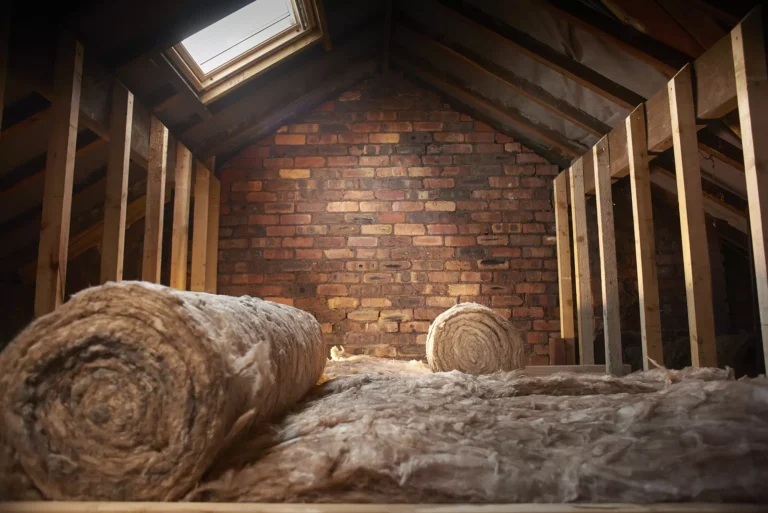Blog
Blanket Insulation: Your Guide to Types, Benefits & Drawback
Thinking about revamping your home’s comfort and energy efficiency? blanket offers a powerful one-two punch: reduced energy bills and year-round comfort. This guide delves into the world of blanket insulation, exploring its advantages and drawbacks to help you decide if it’s the right fit for your home.
What is Blanket Insulation?
The Insulation blanket is one of the most commonly used types of insulation. It comes in two forms:
- Roll insulation: This type comes with or without a facing (a covering on one or both sides) that you can trim and cut to fit the specific space you’re insulating.
- Batt insulation: This type comes pre-cut in fixed sizes. If you need insulation for an exposed area, like a basement wall, you can find batts with a flame-resistant face for added safety.
Using this insulation has advantages like lower energy costs, control of temperature in your house, and decreased noise from the outside and between floors and rooms.
What is Blanket Insulation?
Blanket insulation comes in various materials, offering options to suit your needs and preferences. Here are the most common types:
|
Material |
Applications |
Benefits |
|---|---|---|
|
Fiberglas Insulatio Blanket |
Walls, ceilings (between studs and joists) |
Affordable, readily available, good thermal resistance |
|
Mineral Wool (Rockwool or Slag wool) |
Similar to fiberglass, but with improved fire resistance |
Fire-resistant, good thermal and sound insulation |
|
Synthetic Fibers |
Similar applications as fiberglass insulation blanket | May offer hypoallergenic properties, good thermal resistance |
| Natural Fibers (Cotton or Sheep’s Wool) | Eco-friendly choice, good for some allergy sufferers | Sustainable, good moisture control (may not be suitable for all climates) |
more insights

Is There Asbestos in Your Loft? What to Know Before Insulation Removal
If your home was built before the 1990s, there’s a chance that your loft insulation could contain asbestos—a hidden danger

Best Heat Pumps for Cold Climates in Canada: Top Picks for 2025
Canadian winters are no joke, and heating your home efficiently is more important than ever. In 2025, cold climate heat

Top 5 Signs Your Basement Needs New Basement Insulation (and What to Do About It)
Your basement plays a huge role in your home’s comfort, energy efficiency, and even air quality—but only if it’s properly